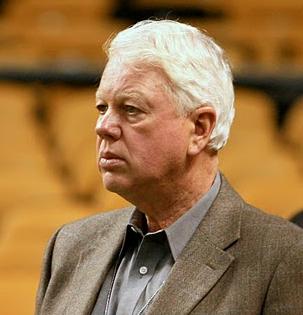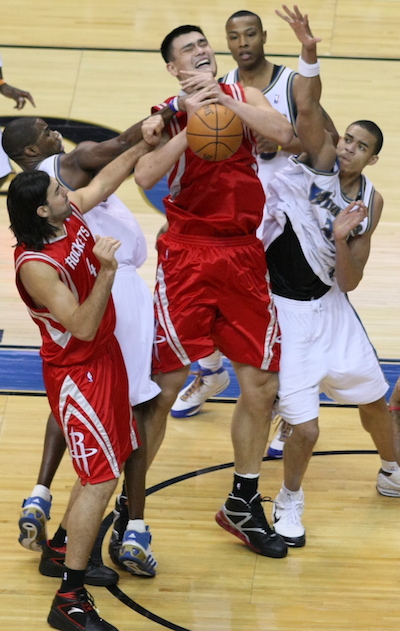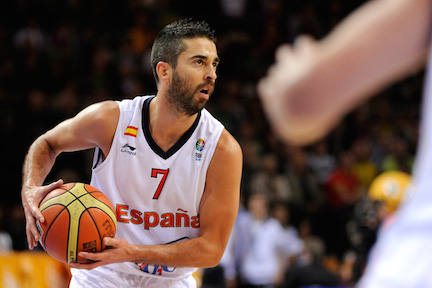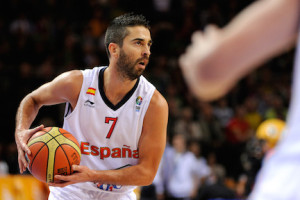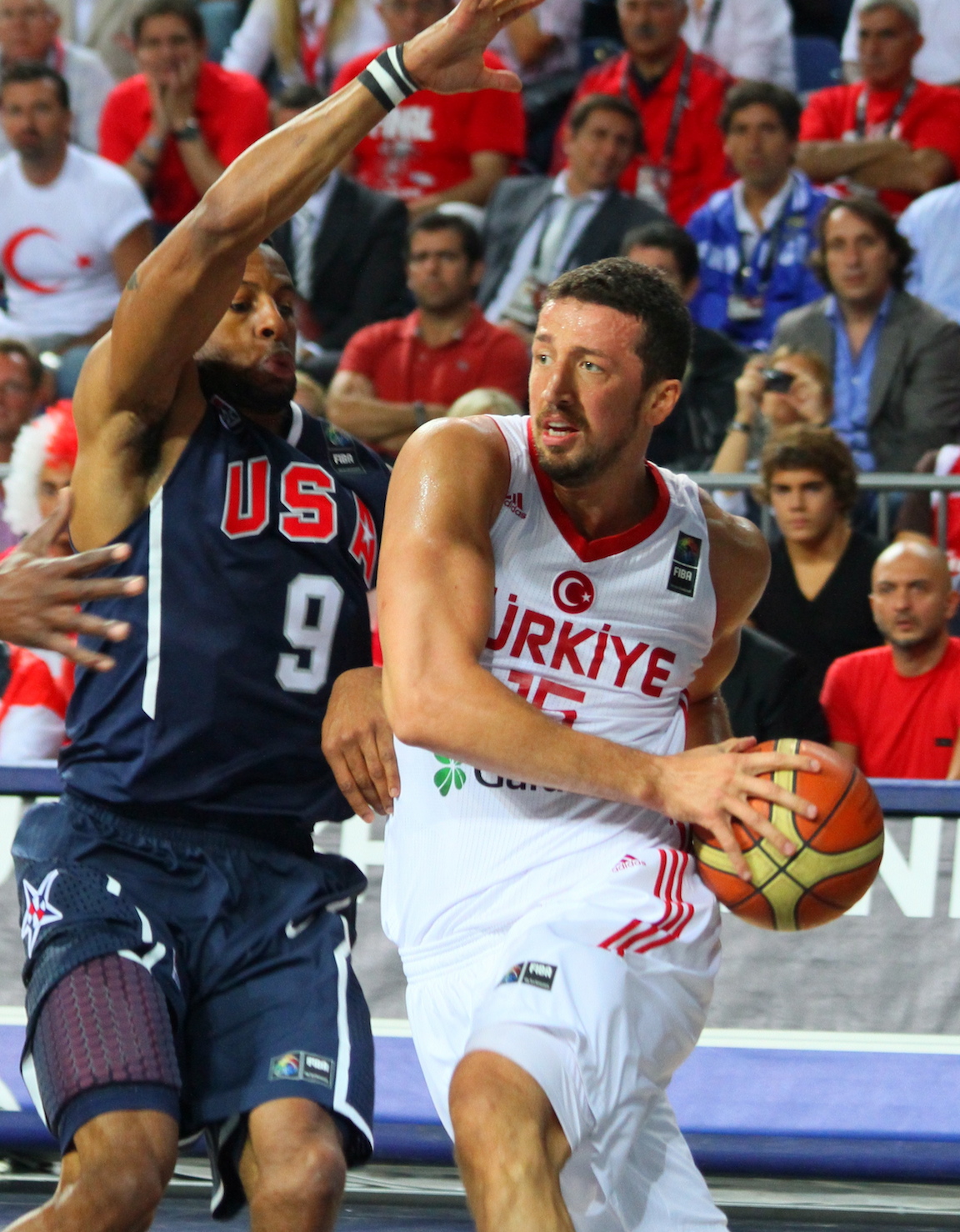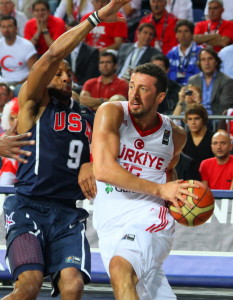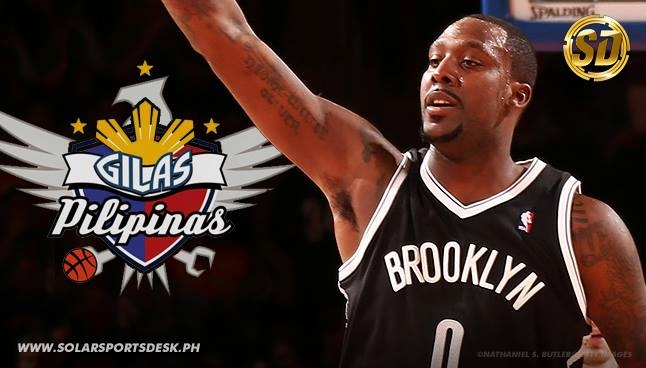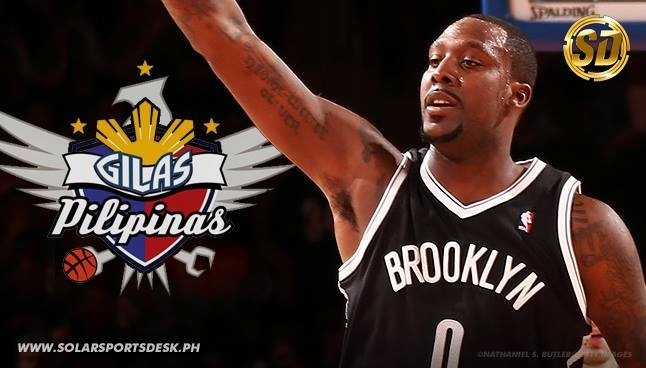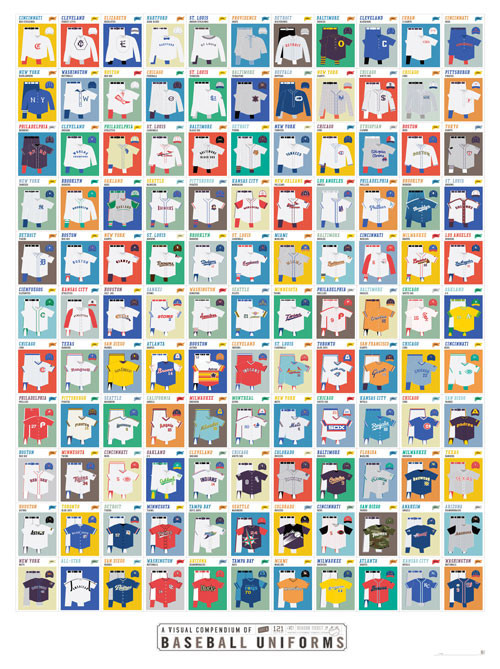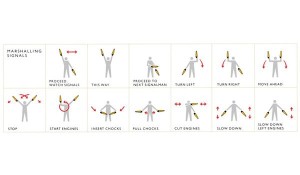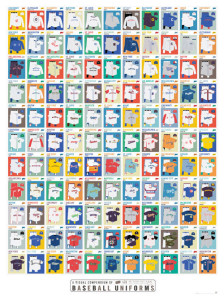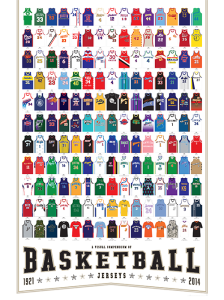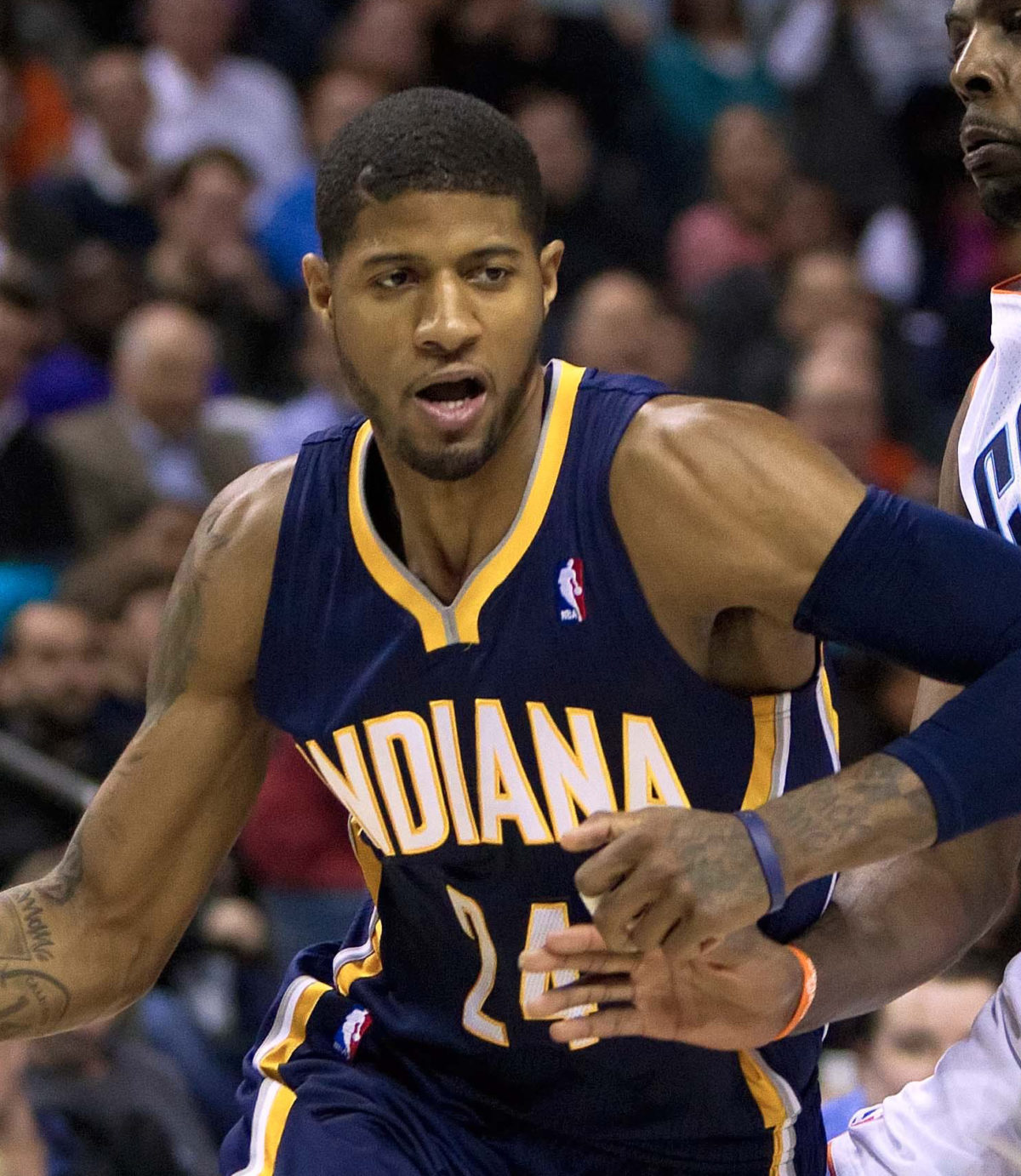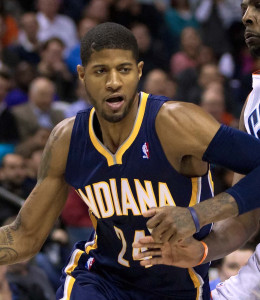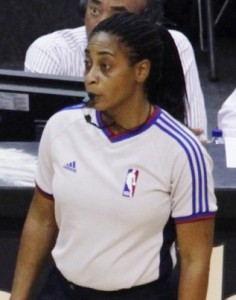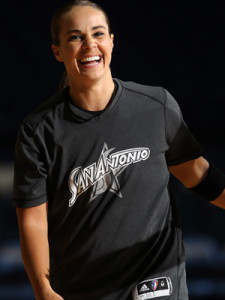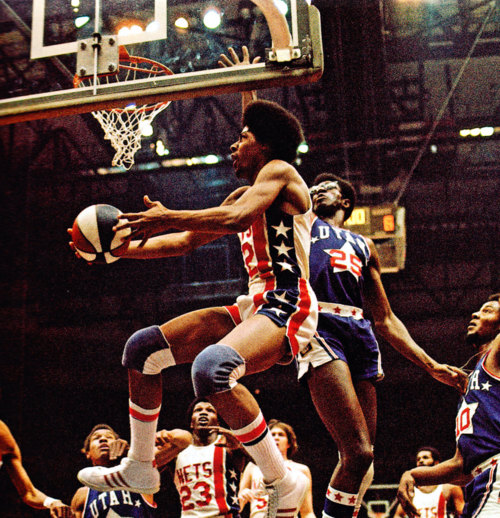One of my favorite parts of writing Dear Sports Fan is reading other great writers cover sports in a way that’s accessible and compelling for the whole spectrum from super-fans to lay people. Here are selections from some of the articles this week that inspired me. This week I decided to focus on articles about basketball to celebrate the start of the National Basketball Association’s season this Tuesday, October 28. The biggest story of the offseason was the return of Lebron James from the Miami Heat, where he won two championships, to the Cleveland Cavaliers, where he started his career and near where he grew up. The first of our three articles takes a look at the maturation of LeBron James as a player. The second and third articles explores the international side of basketball. Besides soccer, basketball may be the most international sport around. There have been great players from all around the world for decades but they didn’t always have the opportunity or ability to play in the NBA. Oscar Schmidt, the subject of the first article, is widely thought to be the best basketball player never to play in the NBA. His dream was to play for Brazil’s national team, which he did to great effect. The second article is an illuminating comparison of the efforts to recruit Arvydis Sabonis in the eighties and his son Domas, today.
All The King’s Men: LeBron takes his team-building talents to Cleveland
by Lee Jenkins for Sports Illustrated
When the Cavs trailed by two points late in Game 1 of the 2007 Eastern Conference Finals, against the Pistons, James drove left on small forward Tayshaun Prince, but Richard Hamilton and Rasheed Wallace rushed over to help. James passed to forward Donyell Marshall, stationed in his beloved right corner. “I missed, we lost, and everybody asked him why he gave it up,” recalls Marshall, now an assistant coach at Rider. “But what I remember was the next day at practice when we went over late-game situations. We ran the same play, and LeBron passed it to me in the corner again. I knocked it down, and he jumped on me like we’d won.”
The Cavs will follow him, but not because of his posture or his pep talks. “Let me tell you what he’ll do,” Boozer says. “He’ll get a tape of each of [his teammates]. He’ll go home and watch each one for half an hour. He’s very smart about all this, so it won’t take him long. He’ll figure out some things he can do to get them going on the court.” They’ll follow him because he provides what everyone in the NBA wants, a little space and a clean look.
by Amos Barshad for Grantland
At halftime, Brazil was down 68-54. So in the third quarter, Schmidt came out firing. Meanwhile, de Souza was leading the mind games. “I told [the Americans], ‘Hey, I’m an old man, I can’t guard you,’” he explained at the time. Adds Schmidt now, “We said [to the Americans], ‘Shoot now! Everybody looking at you. Shoot now!’” On the other end, Schmidt took his own advice: He splashed his way to 35 second-half points, 46 overall, and Brazil came back to win 120-115. It was the first time U.S. men’s basketball had ever been beaten at home. There were plenty of opportunities for Schmidt’s trademark double-fist-pump exultation. But the image that lingers is him on the floor, overcome, weeping with joy.
That it’s impossible to know his NBA ceiling is the point of this legend. Because now, unperturbed by pesky facts, we can just imagine the fireworks. Oscar Schmidt was the band you loved fiercely and could never convince anyone else was the greatest thing on earth. Oscar Schmidt was indie rock.
Jay Triano, now an assistant coach with the Portland Trail Blazers, remembers running into Schmidt at the 2002 World Championship, back in Indiana. In front of the assembled young guns, many who’d never heard the name “Oscar Schmidt,” Triano challenged Mão Santa to show off the goods. “I said to him, ‘Can you still shoot?’” Triano remembers. “He said, ‘Of course!’ And he stood at the top of the key, in his suit and shirt and dress shoes. No warm-up. I gave him the ball and he made 10 in a row, and he walked out of the gym. The players stood there with their mouths open.”
By Luke Winn for Sports Illustrated
Brown had no connections to the Soviet sporting apparat, nor had he ever spoken to Sabonis. (The coach was occasionally spelling Sabonis’s first name “Arvadis” and referring to him as Latvian rather than Lithuanian.) It was public record that Brown had told his Tigers, “The hell with the Communists!” before a 1977 exhibition against the Soviet national team. He had only four months to get Sabonis to America and cleared by the NCAA. It looked like the most geopolitically improbable recruitment of all time. When people asked Brown what he thought his odds were, he put them at 50-50.
Lloyd made two more trips to Spain, and he persuaded Tuti and Domas to take an official visit to Spokane in August 2013. A few other schools got involved in the recruitment, but by then the brothers had a strong rapport with the chipper Zags assistant who showed up everywhere in the same slip-on blue Converse, and who kept in touch with them on the mobile-messaging service WhatsApp—to an extent: They told him they “didn’t need the constant [fawning]” that American recruits expect, so daily texts weren’t necessary. Before they set foot in the States for any visits, the brothers told Lloyd that if Domas came to college, they were 99% sure it would be Gonzaga.


